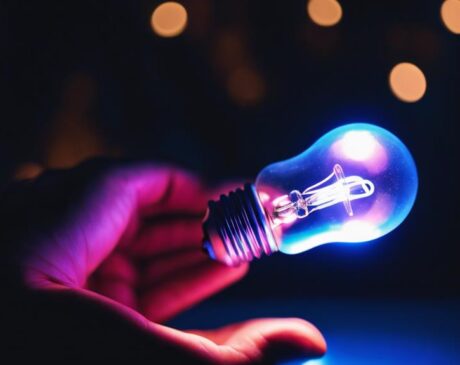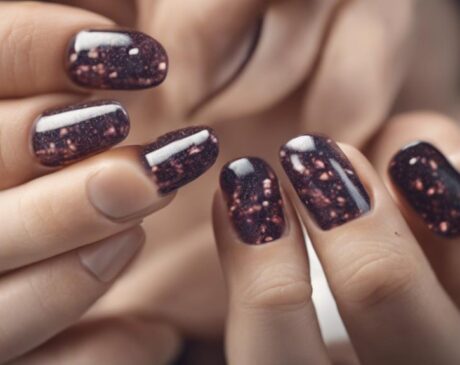Can you use gel instead of glue for press on nails?

In the ever-evolving world of nail art and beauty, press-on nails have become a popular choice for those who want to achieve stunning nail art results without the use of acrylics or gels. When applying these press-on nails, the preferred traditional adhesive has always been nail glue. However, nail enthusiasts are becoming increasingly curious: can you use gel instead of glue for press-on nails? In this article, we’ll explore this question in detail and provide you with valuable insights to make an informed choice for your next nail makeover.
Understanding pressed nails
What are press-on nails?
Press-on nails, also known as artificial nails, are pre-designed nail tips that can be secured to your natural nails without the need for a trip to the salon or a time-consuming acrylic or gel application.
Benefits of Press-On Nails
Press-on nails offer several benefits, including affordability, convenience, and the ability to change nail designs frequently.
Traditional adhesive: nail glue
Nail glue has been the adhesive of choice for pressed nails for many years. When used correctly, it provides a strong and reliable bond.
Exploring Gel as an Alternative
Can I use gel instead of glue?
Yes, gel can be used as an alternative adhesive for press studs. However, there are some key considerations to keep in mind.
Advantages of using gel
Durability: Gel adhesives last longer than traditional nail glue.
Flexibility: gels are more pliable and less likely to break or crack.
Natural look: Gel adhesives can provide a more natural look due to their transparent nature.
Disadvantages of using gels
Curing Time: Gel adhesives require UV or LED curing, which can be very time-consuming.
Skills Required: Applying gel adhesives correctly can be trickier than using nail glue and may require some practice.
Removal process: Removing gel adhesives can be more challenging than with nail glue.
How to Use Nail Press-On Gel
Step-by-step guide
Preparation: Make sure your natural nails are clean and free of any grease or residue.
Choose your nails: Select the nail press-on you wish to apply.
Apply a thin layer: Using the gel adhesive, apply a thin layer to your natural nail.
Attach Press-On Nail: Carefully place the Press-On Nail on your natural nail.
Cure under UV/LED light: Follow manufacturer’s instructions for curing time under UV or LED light.
Finishing touches: File and shape nails as needed. Apply top coat for added shine.
In conclusion, using gel instead of glue for press-on nails is indeed possible and has its pros and cons. While gel offers greater durability and a more natural look, it also requires more skill and time to apply and remove. The choice between gel and nail polish ultimately depends on your preferences and nail care routine.
Remember to always follow the gel nail and press-on nail manufacturer’s instructions to ensure a safe and satisfying experience. So whether you choose traditional nail gel or decide to try gel, you can enjoy a beautiful manicure that suits your style.
Frequently Asked Questions
1. Are gel adhesives safe for my natural nails?
Yes, if used correctly, gel adhesives are safe for your natural nails. However, application and removal instructions must be followed carefully to avoid any damage.
2. Can I use any gel nail polish as an adhesive for press-on nails?
It is best to use a gel adhesive that is specifically designed for applying press-on nails. Regular gel nail polish may not provide a strong bond.
3. How long do gel adhesives usually last on press-on nails?
The lifespan of gel adhesive may vary depending on factors such as application techniques and daily activities. It can last from a few days to a few weeks.
4. Does the Gel Adhesive require UV or LED curing?
Yes, UV or LED curing is essential for proper bonding of the gel adhesive to the press studs. It helps to create a strong and long-lasting grip.
5. Can I remove Gel Adhesive Staples at home?
While it is possible to remove press-on nails attached with gel adhesive at home, it is recommended that you consult the manufacturer’s guidelines for safe removal methods to avoid damaging your natural nails.




